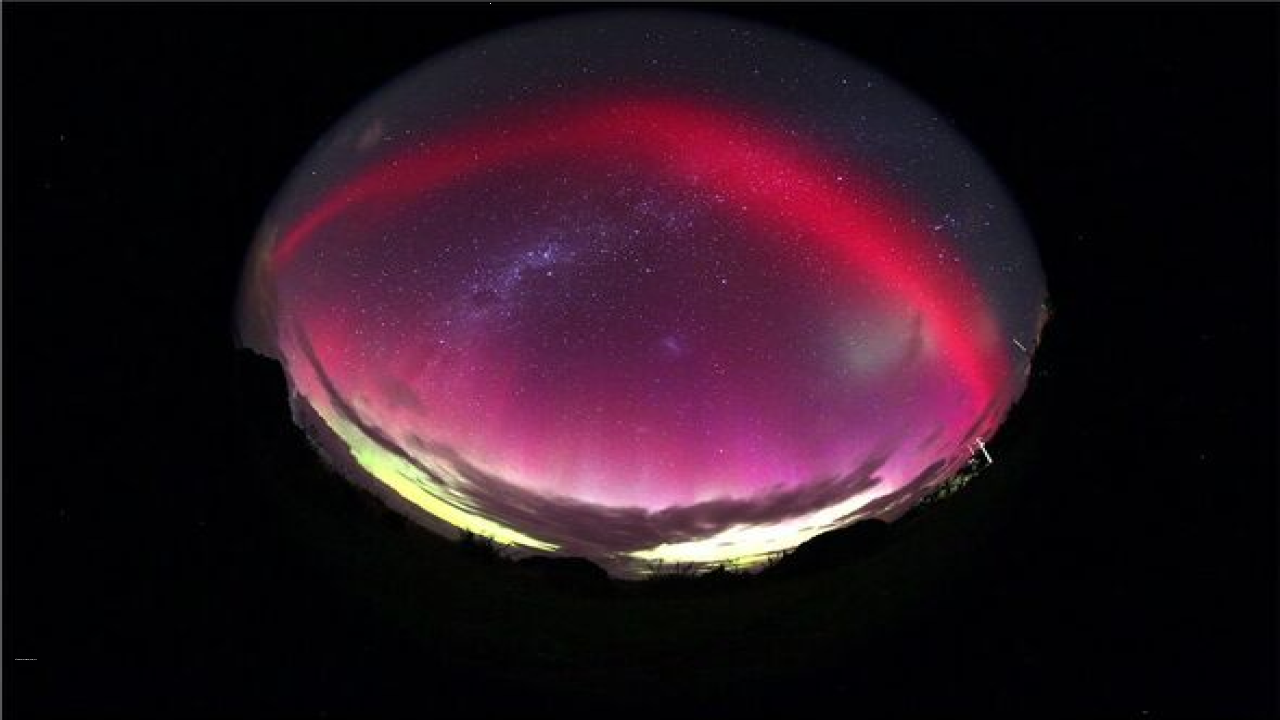Unveiling the Mystery of STEVE: Not Your Average Aurora
Nature has a way of surprising us, and the recent sightings of green and purple lights in the northern skies have sparked curiosity. Initially assumed to be auroras, these vibrant ribbons are, in fact, a unique atmospheric phenomenon known as STEVE, or Strong Thermal Emission Velocity Enhancement.
What is STEVE?
STEVE is an optical phenomenon characterized by a distinctive purple and green light ribbon in the sky. Named in 2016 by aurora enthusiasts in Alberta, Canada, it has gained attention for its unusual appearance. While it has been observed as early as 1705, it was only accurately identified and named in recent years.
Distinctive Features
- Appearance: STEVE manifests as a narrow arc extending for hundreds or thousands of miles, aligned east-west, and typically lasts for 20 minutes to an hour.
- Color Palette: The phenomenon exhibits striking hues of purple and green, standing out against the night sky.
- Location: Initially observed in Canada, STEVE has been sighted in various locations, including the United Kingdom, the northern United States, Alaska, Australia, and New Zealand.
Scientific Insight
Contrary to traditional auroras, STEVE is not a typical aurora borealis. Instead, it is associated with a fast-moving stream of extremely hot particles called a sub-auroral ion drift (SAID). This unique characteristic sets it apart from conventional auroras.
Observation Tips
- Solar Maximum: Enhanced solar activity during the solar maximum, which occurs every 11 years, provides a favorable environment for observing STEVE.
- Camera Viewing: While best captured through a camera lens, STEVE may appear as a faint contrail to the naked eye, often overlooked without closer inspection.
Month: Current Affairs - November, 2023
Category: Science & Technology Current Affairs








